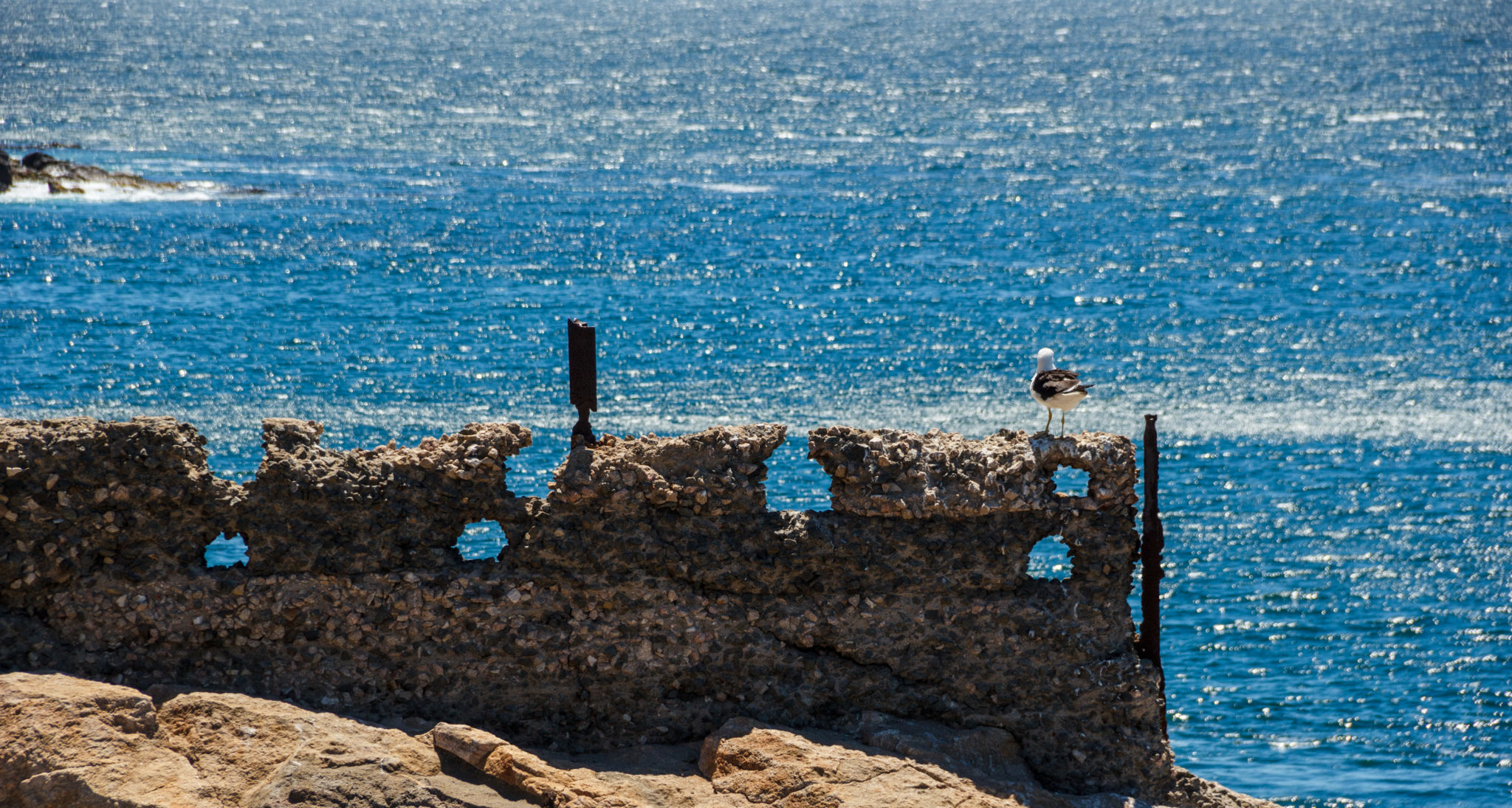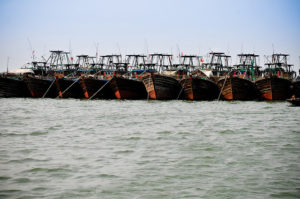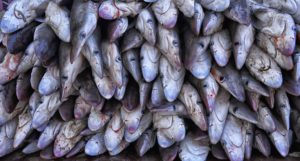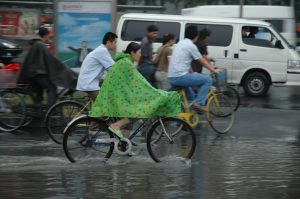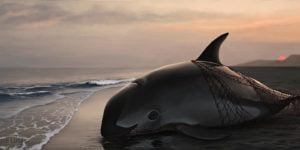Chile is increasing the size of its marine parks to more than 1.8 million square kilometres by 2018, following the announcement of the Rapa Nui, Juan Fernández, and the Cape Horn Marine Protected Areas (MPAs).
The announcement was made by Chilean president Michelle Bachelet during the Fourth International Congress of Marine Protected Areas (IMPAC 4), which ended last week in the coastal city of Viña del Mar in Chile.
“We are going to have more marine protected areas than territory on the continent,” said an enthusiastic Chilean Minister of Foreign Relations, Heraldo Muñoz, commenting on the creation of the Magellan Network of Protected Marine Areas, which will encompass the three new MPAs with two existing ones.
MPAs are geographical areas that are defined, regulated and administered with the aim of preservation. They provide a refuge for biodiversity by protecting ecosystems and permitting the reproduction of marine species. These areas also provide a laboratory to study the oceans, which are being adversely affected by climate change and human activities.
“The park is very valuable for science because it will not only protect the southernmost archipelago in the Americas, it will also protect and investigate seamounts that have still only barely been explored,” said Francisco Squeo, researcher at the Chilean Institute of Ecology and Biodiversity. He added: “In these undersea mountains, 12,500-year-old coral species were found – key records for understanding climate change.”
The new Cape Horn park in the region of the Straits of Magellan and Chilean Antarctic is the southernmost MPA in the world and is considered extremely for monitoring climatic and biological changes. The area was incorporated into the national and international networks of long term ecological study sites, which in turn led UNESCO to declare the entire area between the Beagle Channel and Cape Horn a World Biosphere Reserve in 2005.
“The creation of an environmental protection area is something we have been fighting for for years,” said Liesbeth van der Meer, executive director of non-governmental organisation Oceana Chile. She added that it was impossible to maintain an environmental protection area without the active participation of the community, in this case the community of La Higuera, throughout the entire process.
Next steps
Conservationists are now focusing on the implementation of the new MPAs.
“Management is critical. We do not want a park on paper. There are enormous challenges involved in complying with and enforcing the laws for large scale MPAs when you are far away from them,” said Aulani Wilhelm, senior vice president of Conservation International’s Center for Oceans.
“Management is not about nature, it is about people. We need to make this strategic connection,” added Wilhelm.
She said that there are now 30 protected areas in 14 countries, covering 21.3 million square kilometres, the equivalent of 6% of the entire ocean surface.
News of Chile extending its marine protected areas is of particular interest to China because it is one of the top importers of Chilean fish and seafood. China is the third largest buyer of Chilean seafood, and between 2010 and 2015, the value of Chile’s seafood exports to China soared from US$1.4 billion to US$8.7 billion, led by Atlantic salmon.
“Last year Chile was number eight in seafood exports in China,” said the Chilean ambassador to China, Jorge Heine in 2016. “We want to be in the top three by 2020.”
